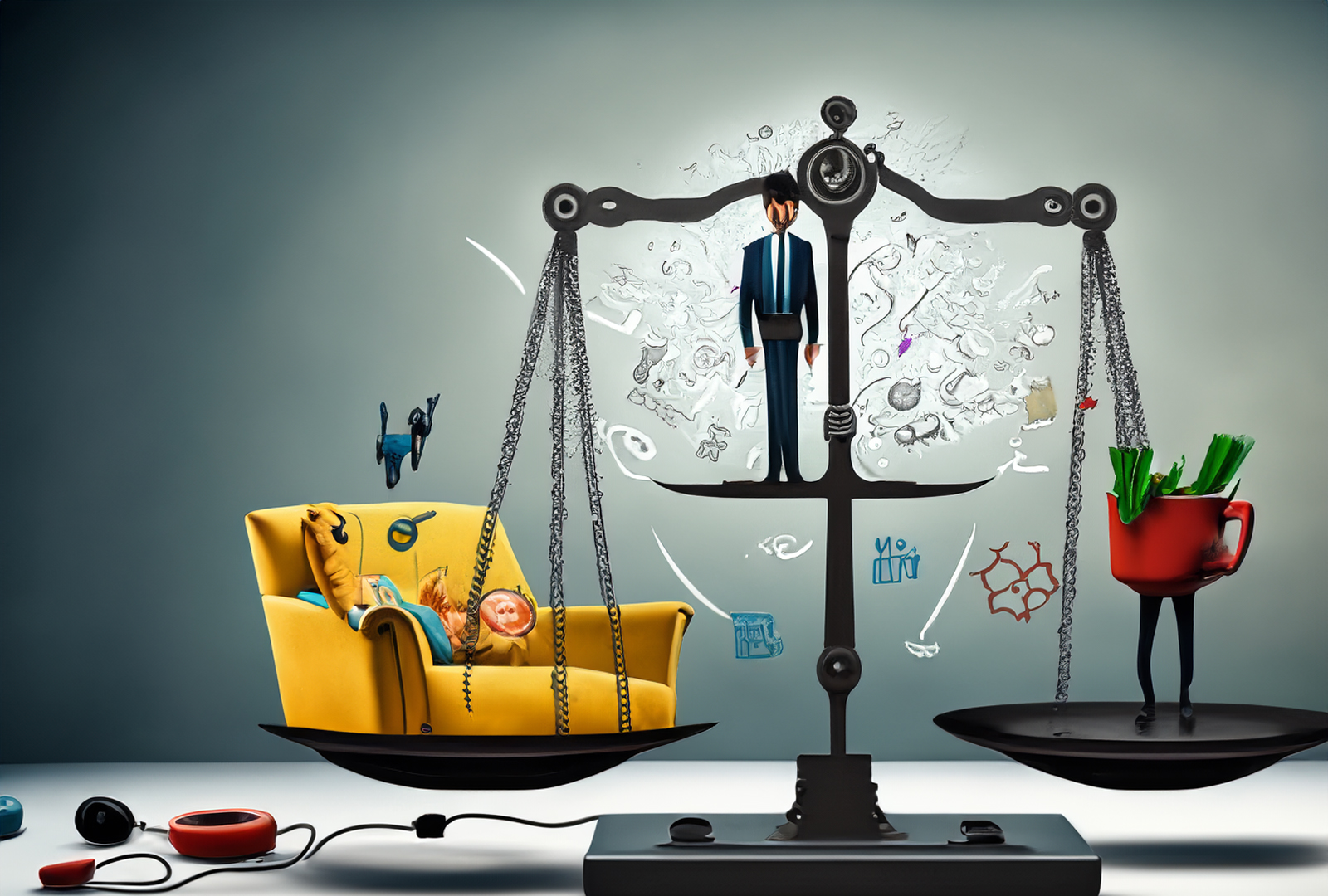The Role of Distraction in Everyday Life: A Blessing or a Curse?
In today’s fast-paced world, people are constantly exposed to various pressures—work-related stress, personal obligations, and societal expectations. These demands can lead to exhaustion, overwhelm, or even mental health issues. Distraction seems like a welcome escape, offering temporary relief from life’s pressures. But how beneficial is distraction? Is it a healthy way to recharge, or does it become a problematic escape mechanism? This article explores different perspectives on the role of distraction and its impact on well-being.
Distraction as a Means of Relaxation: Why It’s Necessary
Distraction can take many forms: watching TV, playing sports, scrolling through social media, gaming, or spending time with friends. Often, people use it to take a break from problems, unwind, or clear their minds. However, distraction is more than just a temporary escape—it can be a crucial strategy for mental recovery.
1. Reducing Stress
Regular distraction can help lower stress levels. Engaging in different activities gives the mind a break from overwhelming thoughts. Studies show that creative activities like listening to music, painting, or reading a book can have a calming effect on the nervous system and reduce the stress hormone cortisol. Physical exercise also plays a significant role in stress relief, as it releases endorphins—natural mood boosters.

2. Boosting Productivity
Contrary to the belief that distraction is a waste of time, it can actually enhance productivity. Short breaks during work allow the brain to rest and recharge, leading to greater efficiency. This is particularly important in creative professions, where mental exhaustion can cause blocks. Many successful individuals report that structured distractions help them work more productively and think more innovatively.
3. Strengthening Social Bonds
Social interactions are one of the most valuable forms of distraction. Talking with friends or family not only provides comfort and support but also strengthens the sense of belonging. Engaging in social activities helps people manage emotional challenges and contributes to better mental health in the long run.
The Dark Side of Distraction: Escaping Reality?
Although distraction offers many benefits, it also has risks. When used excessively to avoid problems, it becomes a long-term escape mechanism rather than a healthy recovery tool.
1. Avoiding Problem-Solving
One of the biggest risks of distraction is that it can prevent people from addressing their issues. For instance, someone who unwinds after a stressful workday by endlessly watching TV or scrolling through social media may avoid dealing with the actual sources of stress. Over time, unresolved problems can accumulate, making them even harder to face.

2. Risk of Dependency
Certain types of distractions, especially digital ones like social media, video games, or binge-watching series, can lead to addiction-like behavior. The constant availability of these forms of entertainment makes it easy for people to escape into virtual worlds and detach from reality. Teenagers are particularly vulnerable, as they may use digital distractions to cope with academic stress or social insecurities.
3. Impact on Mental Health
Ironically, excessive distraction can have the opposite effect of relaxation. Instead of truly unwinding, the mind remains constantly occupied, preventing deep recovery. This can lead to feelings of emptiness, dissatisfaction, or even anxiety and depression. Many individuals who rely on distraction as an escape report concentration issues, restlessness, or a general sense of unease.
Finding a Healthy Balance: Using Distraction Wisely
To maximize the benefits of distraction while avoiding its pitfalls, it’s essential to use it mindfully. The goal is not to eliminate distraction but to harness it for relaxation without letting it turn into avoidance.

1. Choosing Mindful Distractions
Not all distractions are equally beneficial. Activities that actively promote well-being are more valuable than passive consumption. Taking a walk in nature, exercising, meditating, or engaging in creative hobbies usually have a more lasting positive impact than endless social media scrolling or binge-watching TV shows.
2. Balancing Distraction with Self-Reflection
A good approach is to combine distraction with active problem-solving. Watching a show after a stressful day is fine, but there should also be room for self-reflection and addressing challenges. Techniques like journaling, coaching, or talking to trusted individuals can help people tackle difficulties proactively.
3. Setting Time Limits
Mindful use of distraction also involves controlling its duration. Instead of getting lost in distractions, setting specific time frames can help. For example, dedicating an hour to exercise or scheduling a fixed time for social media prevents distraction from dominating daily life.
Conclusion: Smart Distraction as the Key to Well-Being
Distraction is a double-edged sword—it can be a valuable tool for relaxation, but it can also turn into an unhealthy escape. When used correctly, distraction helps reduce stress, boost productivity, and strengthen social connections. However, it can become problematic if it prevents people from facing their issues.
The key lies in using distraction intentionally: it should be a means of relaxation rather than a way to avoid reality. Those who learn to distinguish between healthy recovery and harmful escape can harness the positive effects of distraction without losing themselves in it. Ultimately, finding a balance is essential—because distraction should not replace life itself but serve as a way to navigate it more effectively.
Comments 0
Write new comment: